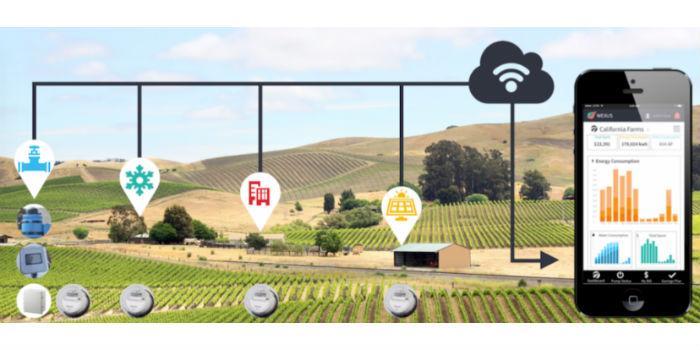 Latin America. The Internet of Things (IoT) is creating the foundation for a new world of everything connected. However, there are tangible risks that will come with this new connected world unless we solve environmental problems and stop the effects of reckless human behavior.
Latin America. The Internet of Things (IoT) is creating the foundation for a new world of everything connected. However, there are tangible risks that will come with this new connected world unless we solve environmental problems and stop the effects of reckless human behavior.
Here are some of the most notable IoT initiatives in different industries and verticals that are worth examining more closely, collected by the Mexican company Multimedia:
Clean energy
Energy could arguably be the richest sector for IoT implementation. Today, the most connected facilities, smart buildings and industrial environments depend on smart energy consumption. Here are two concepts of how it works at the business and family level.
WattTime – Enterprise-Grade Control
However, thanks to WattTime you can make your energy consumption choices as clean as possible.
WattTime's system, installed on select devices, batteries and thermostats, continuously monitors and updates energy data from networks and the EPA, and allows smart devices to automatically switch to the cleanest available energy provider.
What's so special about it?
The whole concept is special to begin with. WattTime's system, based on the analysis of real-time data from multiple sources, allows consumers and companies to make better decisions about energy consumption.
In addition, it enables the clean energy networks participating in the initiative to take stronger positions in the market, competitively provide cleaner energy and sustainable service, and most importantly, reach a wider range of energy consumers. WattTime is a kind of facilitator of fair competition in the clean energy sector.
Ecobee – Residential Level Control
This smart thermostat has won the hearts of the average consumer not because of its sleek design and a wide variety of features. In addition to helping consumers control home temperature remotely from virtually any available device, it is equipped with ambient sensors that allow it to automatically manage different internal points. In other words, it helps households better manage granular temperature and therefore use less and save more.
What's so special about it?
Ecobee is often compared to other smart thermostats, such as Nest. Here's what beats them all: Ecobee has Alexa built-in and works with Google Assistant, an indispensable feature. In addition, the company has a strong contract with Apple and works with Apple Home Kit, possibly the most complete framework.
Solar energy
Overall, IOT is the backbone technology for the solar energy sector. The efficient operation of solar fields depends largely on IOT systems that allow the control and adjustment of solar panels, the monitoring and management of generated and stored energy, predictive maintenance of the entire infrastructure and the processing of data flows in real time. These two examples demonstrate how IoT systems help get the best out of solar energy.
Alencon Systems Field Architecture
Alencon Systems uses innovative solar field architecture, design and IoT-enabled technology to take PV plant performance to a new level. The company introduced a flexible solution that combines the power of DC-DC optimizers, central inverters and monitoring software to help get more power and higher performance from solar fields.
The innovative architecture allows Alencon Systems to eliminate the drawbacks of conventional photovoltaic plants. The company recognized the main responsible for costs and efforts, points of failure and imperfections in the arrangement of traditional photovoltaic systems and solar fields reorganized to make them work at maximum at lower cost.
What's so special about it?
Photovoltaic plants provide clean energy. The optimization of the architecture of photovoltaic installations makes it possible to generate cheaper, more efficient and predictable energy. In addition, thanks to granular monitoring and VR-based infrastructure visualization, the company has achieved a new photovoltaic system that is more controlled, durable and efficient.
Sunpartner Technologies Smart Surface
While Alencon Systems was busy optimizing solar grids, Sunpartner Technologies was creating innovative solar energy solutions based on smart surface technology. This company has a long history in the production of transparent glass with photovoltaic capacity that accumulates and transmits solar energy to supply buildings, vehicles and even consumer objects such as smartphones, tablets, smart watches and ebooks.
Today, the company offers a wide range of smart surface products capable of transforming traditional walls, windows, screens and top roofs into autonomous clean energy generators.
What's so special about it?
Sunpartner Technologies' first generation of smart surfaces revolutionized construction. Today, the idea of self-charging fully autonomous smartphones, car windows, store screens, and even air shuttle locks creates the image of simpler off-grid solar power for everyone.
Armed with sensors, smart windows are capable of automating and powering air conditioning and shading, while walls can generate enough energy to meet the building's energy consumption needs. Also, personal devices never shut down due to the low-charge battery.
Water conservation
Efforts to preserve water and save the planet encourage individuals, building management and entire businesses to make more conscious decisions about water consumption.
It's no wonder that the numbers, whether in dollars, kilowatts or liters saved, motivate each of the target groups just as effectively. These IoT-enabled solutions help visualize the results of water preservation efforts.
Wexus App for Agriculture
The Wexus platform is a mobile tool for monitoring and controlling irrigation pumps. It remotely connects to an AG irrigation system, tracks the cost of water consumption, monitors the health of the system, indicates maintenance needs, and sends alerts on unusual behaviors such as the level of water wells falling, extreme points of consumption, and cost increase.
In addition, system analysis makes it possible to identify irrigation patterns year by year, determine high and low efficiency irrigation patterns, and recommend the best water consumption programs. Not to mention, remote control functions are enabled throughout the irrigation system.
What's so special about it?
It's an app. All the complex irrigation system monitoring, remote control, real-time data analysis and pattern recognition are available in an easy-to-use mobile app.
Obviously, the Wexus relies on state-of-the-art technology for data processing, connects all parts of the sophisticated irrigation system and calculates cost and efficiency through proprietary algorithms on the backend. However, what a customer receives is a simple application with diagrams, pop-ups, tips, and invoice reports.
APANA for Industrial and Commercial Facilities
APANA is another solution for water conservation. It helps industrial and commercial enterprises, smart buildings, and even small, single-site operations monitor water consumption, identify malfunctions, and provide prompt remediation guidelines to avoid water waste.
This IOT-based system uses sensors to scan water infrastructures 24/7, analyze data to determine patterns in water consumption, alert to abnormal events and changes in water pressure, and identify even minor leaks. Therefore, APANA completely eradicates heavy waste events and helps management take full control over water consumption with little effort.
What's so special about it?
APANA has a proactive approach. The platform allows us to identify waste events at a very early stage and minimize repair costs and water loss.
APANA smart analytics uses complex algorithms to provide quick repair and repair guides and ensure that the problem is not aggravated. In other words, APANA keeps its eyes and ears on the company's water infrastructure and provides emergency relief and first aid.
Smart buildings
With more IoT solutions available on the market, households receive more control over their energy and utility bills, vehicles learn autonomy, objects connect, while buildings become smarter. Here are two exceptional light and air solutions that make buildings smart.
Digital Smart Lighting Lumens
Digital Lumens provides industrial buildings with intelligent lighting systems. The company equips the facility with a centralized control platform that is based on a rich sensor data system and intelligence software. It allows us to customize LED lighting to changing needs in real time and enables unprecedented energy savings – up to 90%.
In short, the Digital Lumens system monitors facilities to identify energy saving opportunities and automatically activates savings regimes, preserving a safe and comfortable environment.
What's so special about it?
The company managed to leverage the capabilities of sensor technology, strong hardware and streaming data analytics to create an intelligent, highly automated system for cost-effective, energy-saving lighting control.
Today, the company can equip any type of building – industrial, commercial and even single-room facilities – with a new generation of automated lighting monitoring and control systems.
HVAC Optimization enVerid
Traditional HVAC systems monitor indoor air conditions and gradually replace polluted air with freshly cleaned air every 2-3 hours. It is a technology that works, but at the same time is expensive and wastes energy, a technology that has existed for decades. However, it will hardly find a place in smart buildings.
EnVerid introduced a smarter air purifying solution. Why not increase HVAC and clean indoor air to reduce energy consumption? With this thinking, the company has created an HLR system that continuously tracks indoor air quality, absorbs contaminated particles and cleans the building's interior environment, rather than sucking a new one from the outside.
This system is self-control. Thanks to sensitive sensors, data analysis and advanced materials, the system automates indoor air management, decides when to operate in absorption, regeneration or simply standby mode, and maintains air quality consistent with optimal energy consumption.
EnVerid was built in the best tradition of IoT technology. It uses sensors, collects and analyzes data in real time and automatically operates in on-demand mode.
HLR uses self-surveillance to activate the maintenance and regeneration of the sorbent and reports on its condition and operation to engineers and building managers, if necessary. In other words, it is an autonomous air purification system that makes its own decisions about when and how to clean the air and itself.




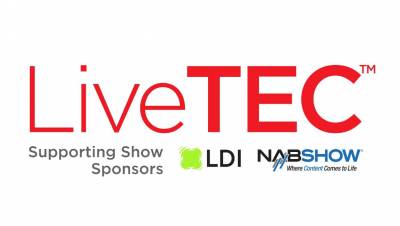
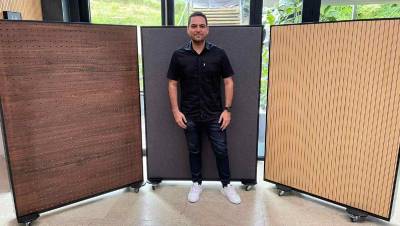


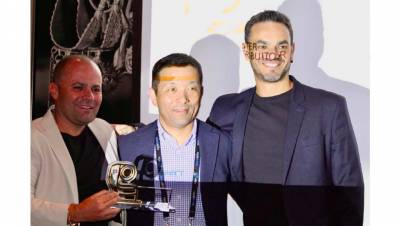

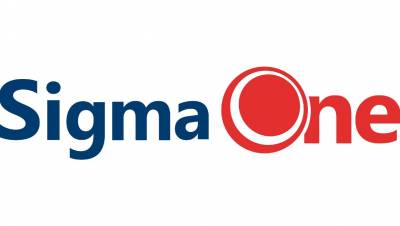

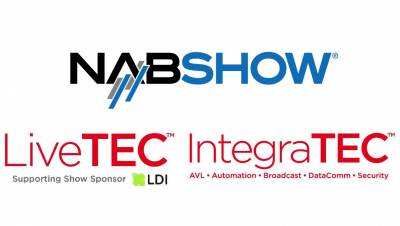
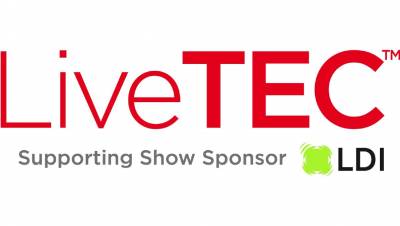
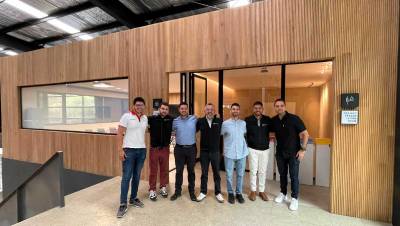
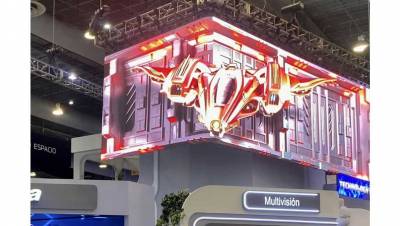
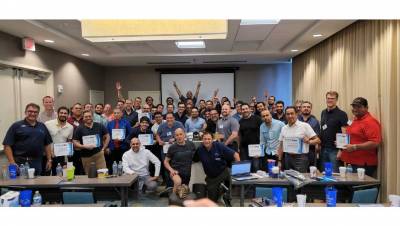

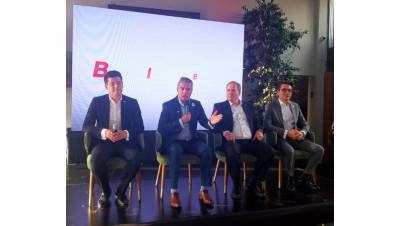







Leave your comment